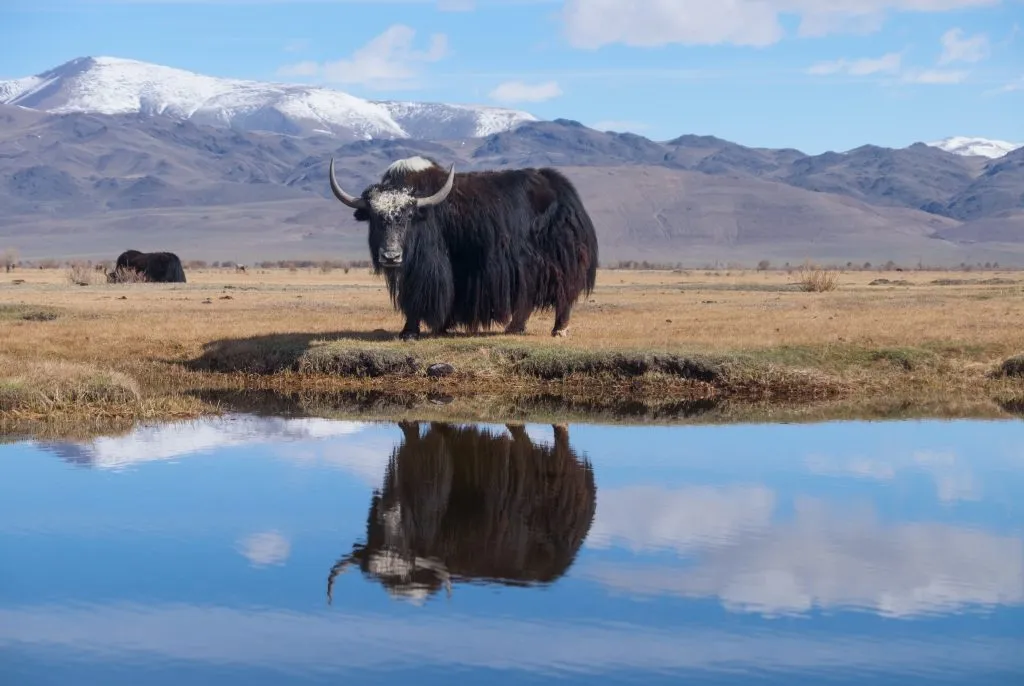Our Correspondent
New Delhi, July 14:
In war, animals often become the forgotten victims. In Ukraine, the conflict has led to significant suffering for animals and increased the risk of disease.
Disrupted water, electricity, and supplies have compromised biosecurity on farms. The access of stray and wild animals to partially destroyed farms has heightened the chances of disease transmission. Large-scale mortalities, poor feeding practices, and challenges in maintaining animal health have worsened the situation. The disruption of surveillance in bird and poultry areas has elevated the risk of rabies, a vaccine-preventable disease.
Since the beginning of the war, the capacities for early detection and response to animal health emergencies in large parts of the country have been severely compromised. It has led to increased slaughter and uncontrolled trade in pork, particularly in the areas on the left bank of Dnipro river, and areas affected by conflict and development of informal and unregulated value chains, says a report released by the Food and Agricultural Organisation (FAO) of the United Nations.
There are problems with maintaining sufficient biosecurity levels at backyard and commercial poultry and livestock farms, due to disrupted water, electricity and provision supplies. The access of stray and wild animals to partially destroyed farms has led to increased opportunities for spillover and transmission of diseases.
Large-scale mortalities or escape of farmed animals (livestock and poultry) including poor feeding and husbandry practices are the challenges in maintaining proper health status or incineration of dead animals.
It has increased the risk of animal diseases. “The most significant disease risks pertain to African swine fever (ASF), highly pathogenic avian influenza (HPAI), rabies and leptospirosis as well as food-borne zoonotic diseases (i.e brucellosis, salmonellosis,” the FAO says.
African swine fever is a transboundary viral disease affecting both domestic and wild pigs. Before the war Ukraine progressed with ASF control moving from endemic equilibrium to sporadic cases through enhanced biosecurity management in pig sector and along value chains, risk-based surveillance and quick detection and outbreak control. “Due to disruption of supply chains, the slaughter of animals in the backyard sector in response to increased consumer demand, and the emergence of informal pork value chains and unregulated markets, the risk of ASF remains high in the areas affected by the war. This is particularly relevant to the regions in the south and east of the country,” the FAO says.
This may provoke a spike in ASF incidence and the spread of disease due to the uncontrolled movement of people and pig products. Highly pathogenic avian influenza is a transboundary viral zoonotic disease affecting poultry, wild birds, mammals, and humans. The disease seasonally re-emerges in Europe. February- April is the period of the northward returning migration of wild birds, and high-risk seasons for its introduction from the natural reservoirs.
“With the disruption of surveillance in wild bird and poultry interface areas, the disease spillover and may quickly spread in the country. The risk of Rabies, which is a vaccine-preventable, zoonotic, viral disease affecting current public health, is even more worrisome. Even prior to the war the rabies epidemic situation in animals was deteriorating. Practically in all cases, the source of infection was wild animals with risk of establishment foci for transmission between domestic animals,” the FAO adds.
With the increase in numbers of stray and abandoned animals, there is a high risk of these animals being exposed to wild animals, and being infected.
However, there are interventions even in the war. UAnimals, a Ukrainian environmental and animal protection charity, is carrying out rescue operations across several regions.
The UAnimals team conduct weekly missions and evacuates hundreds of animals monthly from Ukraine’s frontline regions. Since the start of the Russian invasion in 2022, UAnimals has sterilized more than 41,000 homeless animals and evacuated more than 4500 animals from the war zone.
“When we were evacuating animals from the city of Kherson, which is close to the frontline, we heard explosions in the distance, probably caused by Russian artillery shooting in the direction of Kherson. However, the local volunteers were not afraid of explosion sounds, they were so used to them. What struck me was that one of the volunteers, who lives in Kherson and evacuates, treats and fosters animals, smiled and was as positive as possible. And that’s all in such scary living conditions. Despite living in constant danger, she, like other volunteers, does as much as possible for stray and abandoned animals. These people are superheroes.” says Anzhelika Kozachenko, UAnimals Volunteer and Photographer.




